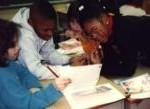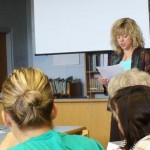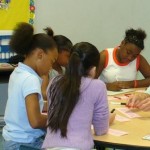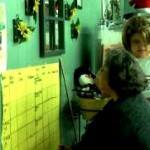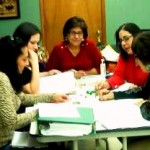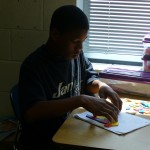
“The potential of the average person is like a huge ocean unsailed, a new continent unexplored, a world of possibilities waiting to be released and channeled toward some great good.” -Brian Tracy
“The greatest waste in the world is the difference between what we are and what we could become.” -Ben Herbster
I didn’t have to go far for my source of inspiration for today’s blog. It happened at my dining room table with my two youngest children. As I was fixing dinner, I handed a set of Fraction Bars to my daughter, a 4th grader. I asked her to practice saying her fractions while I finished dinner. Well, all it took was a set of some kind of cards to get her younger brother’s attention. He immediately asked if he could name the fractions, too. (Explaining, very logically, that if his sister could do it, so could he and it didn’t matter that he was in 2nd grade).
She agreed (after a few minutes of making him suffer by watching her flip bars over enthusiastically) to let him play…and they began to flip the bars over face up and see who could say the fractional part of a whole first. As I brought the food to the table and we began to eat I decided to experiment with what I know about learners moving from the concrete-to the representational-to the abstract.
My son knows how to play war, he knew what the fractions were after practicing with the bars, so I taught him how to play Fraction Flip (each player flips over a bar and the player with the greatest amount shaded wins the hand—if they can say their fraction).
Exactly what always happens when a teacher
- provides a concrete experience with a concept,
- dialogues and uses the language of the concept,
- and engages the learner through a game,
happened this time. Before the game was over my 7-year-old son was telling me that he knew his fraction bar was 8/10 because he “knew there were 10 parts in all and 2 of the parts weren’t shaded, so that left 8 and that made 8 out of 10, or 8/10.”
We repeated this conversation after each play. I layered the complexity of the questions for my 9-year-old daughter and she was able to answer the questions consistently, too. As they shared their results verbally, I used my small dry erase board and wrote what they had just done in their head. My 7-year-old son was sooooo proud that he was adding and subtracting fractions with like denominators…just like a 4th grader. Here’s the bonus…
HE COULD EXPLAIN AND KNEW CONCRETELY WHAT HE WAS DOING!
Now he’ll be able to do it again. By the end of the game my son was “high fiving” me, his sisters, his dad, and the dog because he had the most bars. He won the game. More importantly, he had proven, again, that children can learn complex, higher-level concepts if it’s given to them first in a concrete experience and is connected to something meaningful that engages them.
Think of it as a “Mathematical Happy Meal.” I can’t wait to give him another!!!
“People of talent resemble a musical instrument more closely than they do a musician. Without outside help, they produce not a single sound, but given even the slightest touch, and a magnificent tune emanates from them.” – Franz Grillparzer


